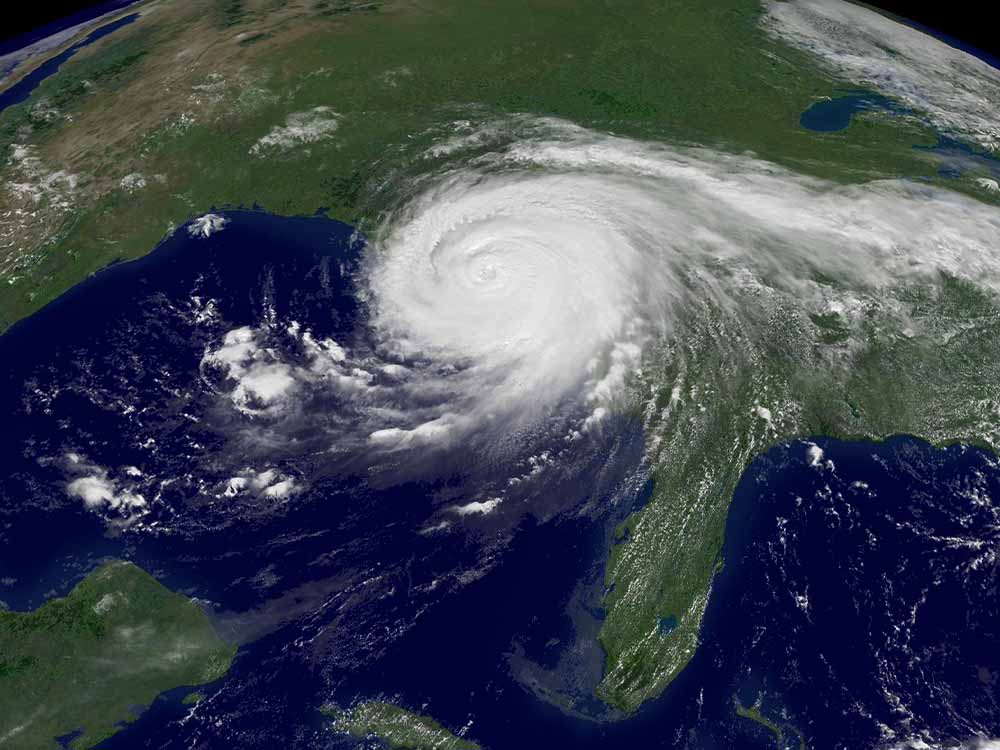Reflections on Hurricane Katrina in 2006
The year 2006 marked the somber anniversary of Hurricane Katrina, a catastrophic natural disaster that profoundly impacted the Gulf Coast of the United States in 2005. This devastating hurricane not only caused widespread destruction but also revealed systemic vulnerabilities, triggering a significant reevaluation of emergency response systems and disaster preparedness.
Hurricane Katrina’s Aftermath in 2006
In 2006, the aftermath of Hurricane Katrina continued to cast a long shadow over the affected regions, particularly New Orleans. Many areas still grappled with the immense task of rebuilding infrastructure, homes, and communities. The physical, emotional, and economic scars left by the hurricane prompted ongoing efforts to address the long-term impact on the lives of residents.
Lessons Learned and Emergency Response Reforms
The aftermath of Hurricane Katrina prompted a comprehensive examination of emergency response systems at local, state, and federal levels. The challenges and shortcomings in disaster management highlighted the need for systemic improvements. Agencies and policymakers worked to implement reforms aimed at enhancing coordination, communication, and preparedness for future disasters.
Socioeconomic Disparities and Vulnerable Communities
Hurricane Katrina exposed and exacerbated existing socioeconomic disparities, disproportionately affecting vulnerable communities. In 2006, discussions focused on addressing issues of inequality, housing, and access to resources. Efforts were made to ensure that the rebuilding process considered the needs of marginalized populations, aiming for a more inclusive and equitable recovery.
Environmental Impact and Climate Change Awareness
The environmental impact of Hurricane Katrina prompted increased awareness of the role climate change played in the frequency and intensity of extreme weather events. 2006 saw heightened discussions on climate resilience, sustainable infrastructure, and the need for proactive measures to mitigate the impact of future hurricanes. The hurricane served as a wake-up call, spurring conversations about the intersection of climate change and disaster vulnerability.











